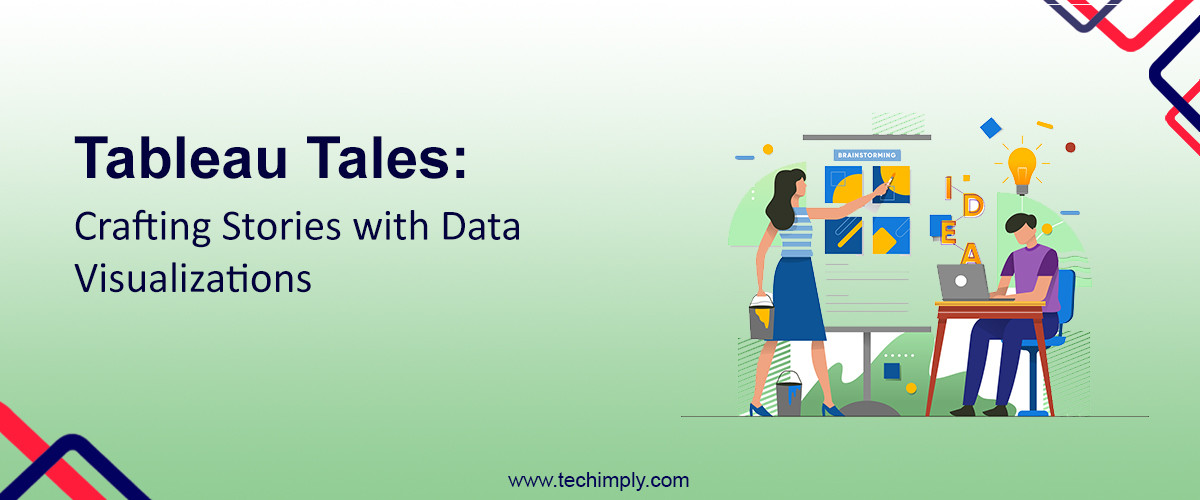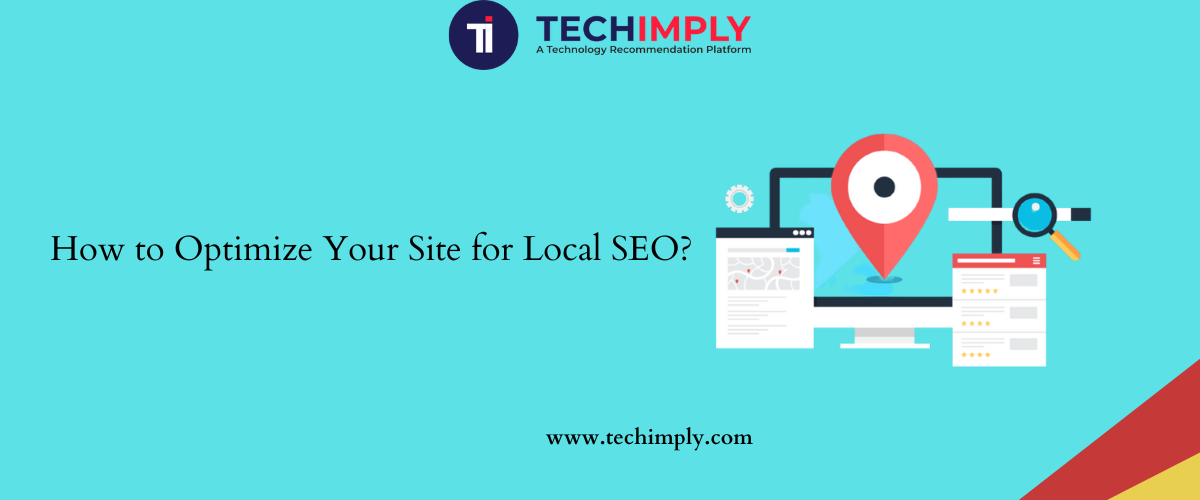In an era dominated by information overload, the ability to convey insights effectively is a crucial skill. Enter Tableau, a powerful data visualisation tool that goes beyond mere charts and graphs, enabling storytellers to weave compelling narratives with data.
Enrolling in a Tableau Online Course enhances your ability to craft compelling data stories. It provides hands-on training, enabling you to maximise Tableau's features and create impactful visualisations effectively.
In this blog, we'll explore the art of crafting stories with data visualisations and how Tableau serves as the storyteller's canvas.
The Power Of Visual Storytelling
Visual storytelling is a potent tool that harnesses the innate human ability to comprehend and remember narratives. In the context of data, where information can be dense and complex, visual storytelling becomes a bridge between raw data and meaningful insights. Below, we have explained how the integration of Tableau amplifies the impact of visual storytelling in conveying compelling narratives:
-
Accessibility and Comprehension: Visualisations break down data into digestible components, making it accessible to a broader audience. Unlike raw numbers or extensive reports, visualisations in Tableau provide an immediate understanding of trends, patterns, and relationships. The visual medium allows viewers to absorb information quickly, enhancing comprehension and retention.
-
Engagement Through Interactivity: Tableau's interactive features transform static visuals into dynamic experiences. Viewers can engage with the data, exploring different dimensions and scenarios. Interactive dashboards and story points enable users to tailor their journey through the data, fostering a deeper connection with the narrative. This engagement goes beyond passive consumption, making the storytelling experience more memorable.
-
Emotional Connection: While data itself might seem devoid of emotion, Tableau empowers storytellers to inject a human touch. Integrating anecdotes, real-world examples, or case studies within the visualisations contextualises the data. This humanization of information fosters an emotional connection, helping the audience relate to the data on a personal level. By resonating emotionally, visual storytelling becomes more persuasive and impactful.
-
Clarity and Focus: Master Data Management Software can be overwhelming, especially when dealing with large datasets. Tableau's visualisation options enable storytellers to distil complex information into clear, focused visuals. Whether it's through the simplicity of a bar chart or the richness of a heat map, Tableau allows for the selection of the most appropriate visual representation. This clarity ensures that the audience remains engaged without getting lost in the intricacies of the data.
-
Memorability: Visuals are more memorable than text or numbers alone. Tableau's ability to transform data into visually appealing charts and graphs enhances the retention of information. A well-crafted visualisation not only conveys insights but also leaves a lasting impression. The memorable nature of visual storytelling ensures that key messages are retained long after the initial exposure, making it an effective tool for communication and decision-making.
Tableau's Role In The Storytelling Process
Tableau, with its user-friendly interface and powerful capabilities, empowers storytellers to create immersive narratives. Its drag-and-drop functionality makes it easy to import, analyse, and visualise data in real-time. Whether you're a data analyst, business professional, or storyteller at heart, Tableau provides a platform for everyone to craft impactful stories.
-
Setting The Stage: Choosing The Right Data
A compelling data story starts with choosing the right data. Tableau connects seamlessly with various data sources, allowing storytellers to explore, clean, and transform raw data into meaningful insights. Whether it's sales figures, customer demographics, or market trends, Tableau enables users to bring their data to life.
-
Selecting The Right Visualisation
Not all data is best represented in the same way. Tableau offers a wide array of visualisation options, from basic bar charts to intricate treemaps. Selecting the right visualization is key to effectively conveying your story, much like using a flowchart maker to simplify complex processes.Interactive dashboards and story points in Tableau add an extra layer of engagement, allowing users to explore the data on their terms.
-
Crafting A Narrative Flow
A successful data story is not just a collection of charts; it's a journey. Tableau's dashboard features allow storytellers to arrange visualisations in a sequence that guides the viewer through the narrative. The ability to create a logical flow ensures that the audience grasps the story effortlessly, from the introduction of key insights to the resolution of challenges.
-
Humanising Data
Data can sometimes feel impersonal, but Tableau allows storytellers to inject a human touch. Integrating relevant anecdotes, case studies, or quotes within the dashboard adds context and makes the data more relatable. By humanising the information, Tableau enables storytellers to connect with their audience on an emotional level, enhancing the impact of the narrative.
-
Iterative Storytelling
Tableau's real-time analytics and iterative design capabilities make it easy to refine and improve your data story. The dynamic nature of business requires narratives to evolve, and Tableau enables users to update visualisations on the fly. This iterative approach ensures that data stories remain relevant and effective in a constantly changing landscape.
-
Collaboration And Sharing
Tableau is not just a tool for individual storytellers; it's a platform for collaboration. With features like Tableau Server and Tableau Online, teams can work together in real-time, share insights, and collectively craft a cohesive data story. The ability to embed Tableau visualisations in presentations, reports, or websites extends the reach of data stories, ensuring they reach a wider audience.
Case Study: Impactful Data Storytelling With Tableau
To illustrate the power of Tableau in crafting data stories, let's delve into a real-world case study. A marketing team, armed with diverse data sets, utilised Tableau to analyse campaign performance. Through interactive dashboards, they uncovered patterns, identified successful strategies, and pinpointed areas for improvement. The team transformed these insights into a compelling data story that not only informed their internal strategy but also served as a powerful tool in client presentations.
Conclusion
In the age of big data software, the ability to tell a compelling story with data is a valuable skill. Tableau serves as the storyteller's toolkit, offering a range of features that make the process intuitive and impactful. From selecting the right data to crafting a narrative flow, Tableau empowers users to create stories that resonate. By humanising data, encouraging collaboration, and facilitating iterative storytelling, Tableau ensures that data stories remain relevant, engaging, and influential in a rapidly evolving world. So, dive into the world of Tableau and let your data tell tales that captivate and inform.


.jpg)



